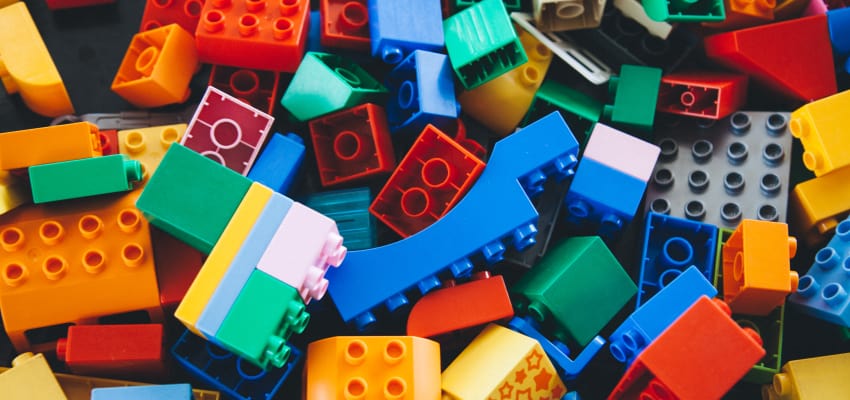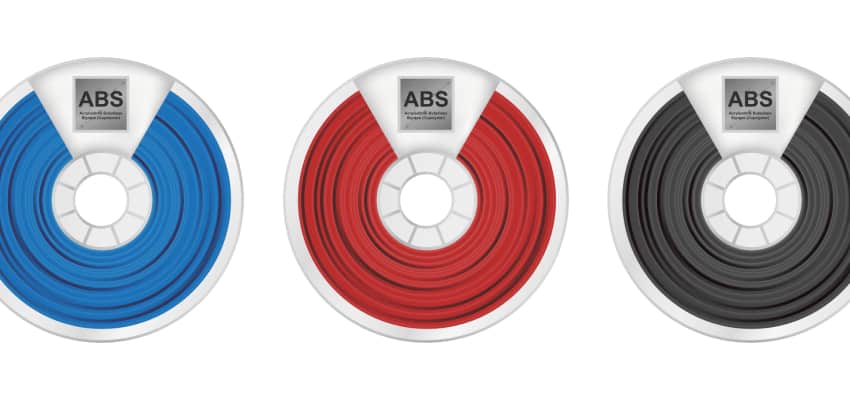Acrylonitrile Butadiene Styrene (ABS)

Acrylonitrile-Butadiene-Styrene (ABS) is a thermoplastic polymer that is widely used in the production of various consumer and industrial products. The polymer is made by polymerizing a mixture of three monomers, acrylonitrile, butadiene, and styrene, to produce a material with a wide range of properties, including strength, rigidity, and durability.
ABS Properties

Acrylonitrile Butadiene Styrene (ABS) and Other Specialist Styrenics are thermoplastic polymers with unique properties that make them ideal for use in various industries. ABS is a copolymer made of acrylonitrile, butadiene, and styrene. The combination of these three monomers results in a plastic with excellent mechanical and physical properties, including high impact strength, toughness, heat resistance, chemical resistance, and resistance to UV radiation. These properties make ABS ideal for outdoor applications, automotive parts, toys, and appliances.
Other specialist styrenics, such as polystyrene (PS), styrene acrylonitrile (SAN), and acrylonitrile styrene acrylate (ASA), also have unique properties. PS is a rigid and transparent plastic that is commonly used for packaging and disposable items such as cups and cutlery. SAN has excellent transparency, heat resistance, and dimensional stability, making it suitable for electronic and automotive applications. ASA is a weather-resistant plastic that is commonly used in outdoor applications, such as roofing and siding.
ABS Purpose

ABS is a versatile plastic that is used in a wide range of applications, including automotive parts, toys, household appliances, and electrical housings. Its strength and rigidity make it ideal for use in products that need to withstand impacts, stress, and harsh conditions. ABS also has good resistance to a variety of chemicals and is relatively lightweight, making it easy to handle and transport.
ABS Recycling

ABS is considered a recyclable plastic, although the process of recycling ABS can be challenging due to its complex composition and the presence of impurities. Despite these challenges, recycling ABS can provide significant environmental benefits by reducing waste and conserving resources.
ABS can be recycled by grinding and melting the material, and then using it to produce new products. The recycled ABS can be used in a wide range of applications, including toys, household appliances, and automotive parts. The quality of recycled ABS can vary depending on the purity of the material and the manufacturing process used. However, efforts are being made to improve the recycling process and increase the use of recycled ABS in products.
ABS Applications

ABS and other specialist styrenics have numerous applications in various industries. Some of the most common applications include automotive parts, electronic housings and components, construction, and consumer goods.
For example, ABS is used in the automotive industry for bumpers, dashboards, and instrument panels. SAN is commonly used in electronic housings and components, such as computer monitors and televisions. In construction, ABS and ASA are used for roofing, siding, and pipes due to their weather resistance and chemical resistance. In consumer goods, ABS is used for toys, luggage, and appliances, while PS is commonly used for packaging materials and disposable items such as cups and cutlery.
ABS Recyclability
ABS and other specialist styrenics are recyclable, but the recycling process can be challenging due to the different types of plastics and additives used. Therefore, proper sorting and processing are crucial to ensure the quality of the recycled material ABS and other specialist styrenics can be recycled into various products such as new plastics, pipes, and construction materials. Recycling these plastics can reduce waste, save resources, and decrease greenhouse gas emissions.
The recycling process for ABS and other specialist styrenics involves collecting, sorting, and processing the waste materials. The plastics are first collected and sorted according to their type and colour. Once sorted, the plastics are cleaned and shredded into small pieces or pellets. The shredded plastic is then melted and reformed into new products, such as new plastics, pipes, and construction materials. The recycled ABS and other specialist styrenics have similar properties to their virgin counterparts and can be used in various applications. By properly recycling ABS and other specialist styrenics, we can reduce waste, save resources, and decrease greenhouse gas emissions.
Recycle ABS with WasteTrade
WasteTrade is a platform that can help businesses recycle their ABS and other specialist styrenics waste streams. By registering with WasteTrade, businesses can connect with waste management companies that specialise in recycling these more challenging plastics. WasteTrade can also provide information and resources to help businesses understand the recycling process and make more informed decisions.
